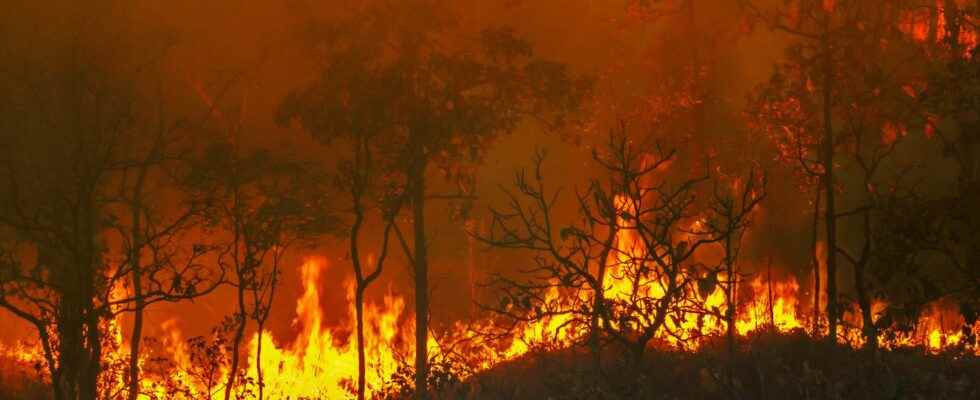The McGill University study, published in The Lancet Planetary Health, is the first to highlight the link between exposure to forest fires and the risk of cancer. The researchers studied 2 million Canadians over a 20-year period, with a panel of people between the ages of 25 and 90. Based on the observation that forest fires occur in the same areas each year, the authors of the study decided to analyze the long-term effects of these fires on human health.
More risk of cancer up to 50 km around the fires
The results of the study showed that people living within a 50 kilometer radius of the fires over a 10-year period were 10% more likely to have a tumor of the brain and 4.9% higher risk of lung cancer, compared to people farther from fires. The risk of being affected by other types of cancer also appeared in the results: the leukemiathe lymphoma non-Hodgkinian and the myeloma multiple. Most of the pollutants emitted by forest fires are carcinogenic particles whose harmful effects on human health are known: hydrocarbons, benzene, metals heavy, phenol, formaldehyde. The inhabitants of areas frequently affected by forest fires are therefore exposed to pollution carcinogenic regularly.
Pollution trapped in homes for years
In addition to the pollution of theair outside, the harmful particles also seep into the interiors (dwellings, cars, shops, businesses, etc.) and remain trapped in these closed environments. This is a phenomenon too often overlooked by people living near fires. Heavy metals and hydrocarbons, known to trigger disorders of the nervous system and digestive system, easily infiltrate homes and can remain there for up to two years after the fire! This is shown by analyzes carried out after the gigantic fire that occurred in 2016 in Fort McMurray in Canada.
Observations to take into account
Fires also generate other types of pollution than that of the atmosphere: they also pollute the aquatic environment and the soil, with consequences for food products and drinking water. Harmful concentrations of benzene and other pollutants from the melting of water pumps in plasticwere found in drinking water after California wildfires these last years.
the climate change increases the risk of fires, and leads to an earlier and more spread out fire season during the year. L’UN predicts global increase in fires extremes of 14% by 2030, 30% by 2050 and 50% by the end of the century. The results of the McGill University study show the need to inform the population living in frequently burned areas: most residents of areas affected by fires each year are unaware of the pollution around them , including in their homes, and the risk to their health. Fires are the second largest source of air pollution, afterozoneharmful to health.
Right now, receive the Mag Futura for free by subscribing to our subscriptions!
Did you know that you can access Futura without ads via our subscriptions?
At the moment, you can discover this advantage with our special offer: subscribe to the “I participate in the life of Futura” (for a minimum of 3 months) and receive the Mag Futura at home* (worth €19)!
*Mag Futura is sent after the third month of registration.
Interested in what you just read?

